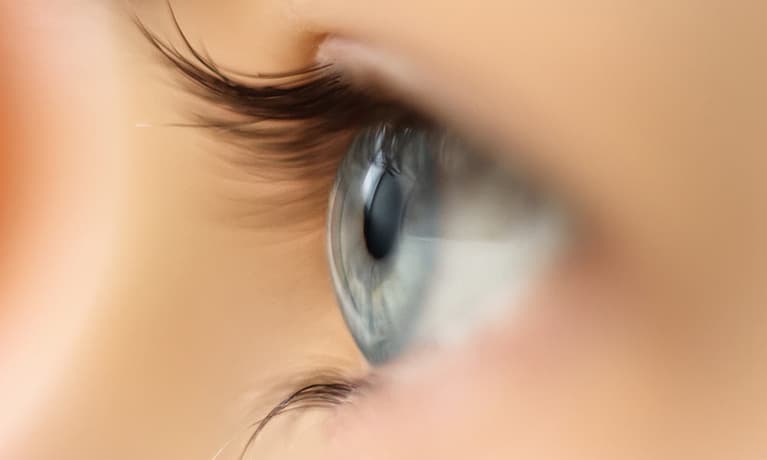DSEK is a form of corneal transplant surgery used to help patients who have poor vision due to corneal swelling. The cornea is the clear, front surface of the eye, the part of the eye on which contact lenses are worn. Light rays must pass through a clear cornea to the interior of the eye for normal vision to occur. The inside surface of the cornea is covered by a layer of cells known as endothelial cells. These cells rest upon a membrane called Descemet’s membrane. The endothelial cells have an important metabolic function that keeps the cornea clear. When they don’t work properly due to disease or damage, the cornea becomes swollen and cloudy. DSEK stands for Descemet’s stripping endothelial keratoplasty, and is also known as DSAEK, Descemet’s stripping automated endothelial keratoplasty. The two names are used interchangeably. In this procedure the poorly functioning endothelial cells are removed, along with Descemet’s membrane, and replaced with healthy endothelium and Descemet’s membrane from an organ donor.
One of the more common conditions that is treated with DSEK is Fuch’s corneal dystrophy. This is thought to be a hereditary condition that results in a progressive decrease in number and function of the endothelial cells. When poor endothelial function causes corneal swelling that reduces vision to the point where normal activities become difficult, surgery is a reasonable option. Some patients may have borderline endothelial function, although they don’t have Fuch’s. In these people, any type of eye surgery, even perfectly performed cataract surgery, can result in corneal swelling that may eventually require DSEK.
The number of DSEK procedures performed has been increasing in frequency, and in most situations, it has replaced full-thickness corneal transplants as the preferred surgery for people with corneal swelling. DSEK has several advantages over a full-thickness corneal transplant. Patients have a faster visual recovery time, less post-operative astigmatism, a decreased chance for rejection, and less risk for damage after eye trauma due to a much smaller incision size than with full-thickness corneal transplant surgery.
DSEK is not like cataract surgery, and patients have to be aware that their vision will take longer to become clear. There are no sutures used to keep the transplant in place; rather an air bubble is injected into the eye, which keeps the transplanted tissue in place. Because air floats up, patients are expected to lie on their back or keep their head face-up as much as they can for the first 24 to 48 hours after surgery. Also, since there are no sutures used to anchor the graft, there is a risk that the graft may “slip” or dislocate after surgery, in which case the surgeon will need to “re-float” the graft. This is something that surgeons expect may happen infrequently after a DSEK, either immediately after surgery or the next day.
DSEK is a wonderful way to give patients who have corneal swelling a chance to see better in a shorter period of time than after a traditional, full-thickness corneal transplant.
To schedule an appointment for a corneal evaluation with Dr. Edmonds, please call Milwaukee Eye Care at 414-271-2020.










